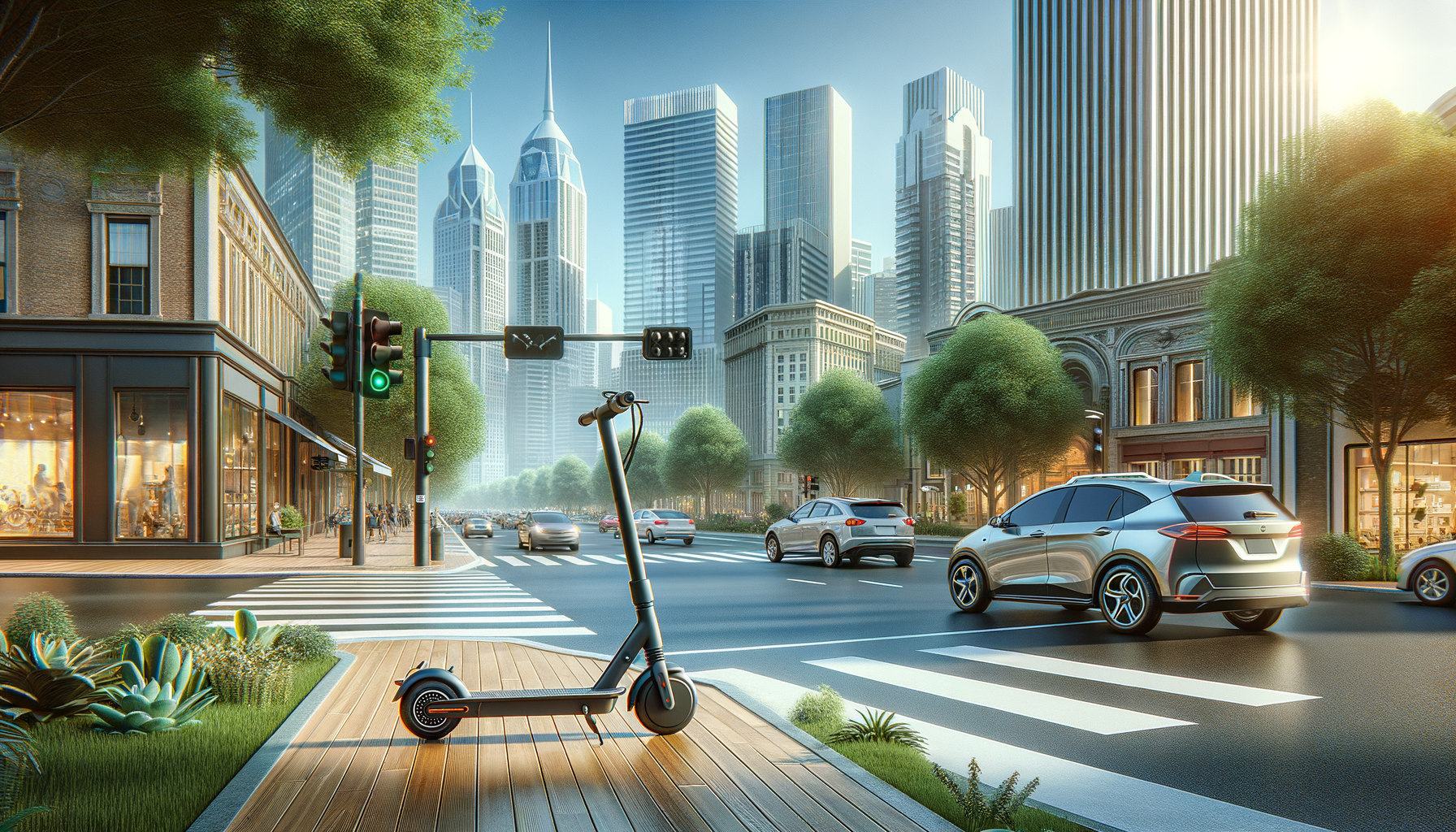Understanding the Electric Scooter Phenomenon
In recent years, electric scooters have surged in popularity, becoming a familiar sight on urban streets worldwide. These compact, battery-powered vehicles offer a convenient and eco-friendly mode of transport, especially suited for short distances. The rise of electric scooters can be attributed to several factors, including advancements in battery technology, increasing environmental awareness, and the growing need for efficient urban mobility solutions.
Electric scooters are typically designed for ease of use, with intuitive controls and lightweight frames that make them accessible to a wide range of users. They are particularly appealing to commuters looking to avoid the hassles of traffic congestion and parking. Furthermore, electric scooters contribute to reducing air pollution and noise, aligning with global efforts to combat climate change.
Another significant aspect of the electric scooter trend is the shared mobility model. Many cities have embraced scooter-sharing services, allowing users to rent scooters on a pay-as-you-go basis. This model not only provides flexibility but also reduces individual ownership costs and the environmental footprint associated with manufacturing and disposing of vehicles.
Overall, the electric scooter phenomenon reflects a shift towards more sustainable and efficient transportation options. As urban areas continue to grow, the demand for such alternatives is expected to rise, prompting further innovations and policy adaptations to support this mode of transport.
Comparing Electric Scooters to Other Modes of Transport
Electric scooters offer several advantages over traditional modes of transport, making them a competitive choice for urban mobility. When compared to cars, scooters are far more economical, both in terms of purchase price and operational costs. They require less maintenance, consume no gasoline, and have lower insurance costs, making them an attractive option for budget-conscious individuals.
In terms of environmental impact, electric scooters outperform most other vehicles. They produce zero emissions during operation, contributing to cleaner air in cities. This is a stark contrast to gasoline-powered vehicles, which are major contributors to urban air pollution. Additionally, the compact size of scooters means they require less space, helping to alleviate urban congestion and parking challenges.
Bicycles are another popular alternative for urban travel, and while they share many benefits with electric scooters, such as low environmental impact and health benefits, scooters offer an edge in terms of speed and effortlessness. Electric scooters can cover distances more quickly and with less physical exertion, making them suitable for a broader demographic, including those who might not be able to ride a bicycle for long distances.
Public transportation remains a vital part of urban infrastructure, but it often suffers from limitations such as fixed routes and schedules. Electric scooters provide a flexible complement to public transit, enabling users to cover the “last mile” from transit stops to their final destinations with ease.
In summary, electric scooters present a versatile and sustainable alternative to traditional transport options, offering unique benefits that cater to the needs of modern urban dwellers.
Challenges and Future Prospects for Electric Scooters
While electric scooters offer numerous benefits, they also present certain challenges that need to be addressed to ensure their seamless integration into urban environments. One of the primary concerns is safety. As scooters share the road with larger vehicles, the risk of accidents is a significant issue. To mitigate this, cities are implementing dedicated scooter lanes and enforcing speed limits to enhance rider safety.
Another challenge is the regulatory landscape. The rapid proliferation of electric scooters has caught many municipalities off guard, leading to a patchwork of regulations that can be confusing for users and operators. Clear and consistent policies are needed to manage scooter operations, parking, and usage to prevent clutter and ensure accessibility for all.
Battery disposal and sustainability are also critical considerations. While electric scooters are environmentally friendly during use, their batteries pose a disposal challenge. Manufacturers are exploring recycling and reuse options to minimize environmental impact, and advancements in battery technology are expected to improve their longevity and reduce waste.
Looking ahead, the future of electric scooters is promising. Continued technological advancements, such as improved battery life and smart connectivity features, will enhance their appeal and functionality. Additionally, as more cities recognize the benefits of electric scooters, infrastructure investments, such as charging stations and dedicated lanes, will support their growth.
In conclusion, while challenges remain, the potential of electric scooters to transform urban mobility is undeniable. With thoughtful planning and innovation, they can become an integral part of sustainable city transportation systems.




Leave a Reply